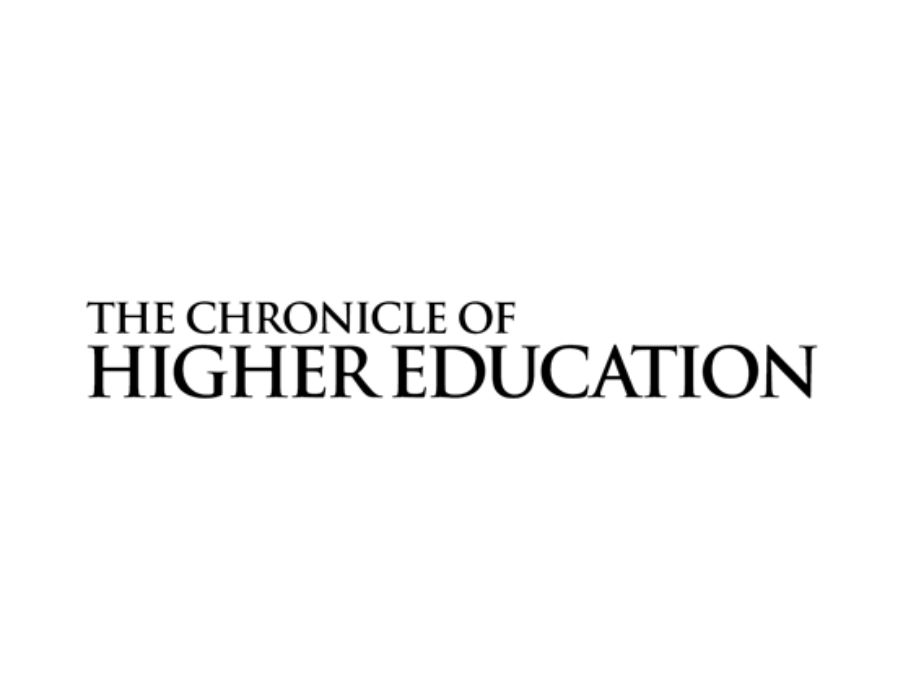In the Media
Text Messages Can Increase Enrollment of Low-Income Students
April 12, 2013
By Beckie Supiano

Admissions offices have fought for years against what they call the “summer melt,” in which a fraction of a college’s admitted students who have sent in deposits never show up to enroll. In some cases, students’ plans change because they have been admitted off the wait list at a top choice.
But melt can also mean something quite different, especially among lower-income students. Such students are more likely to melt, and studies conducted in several locations around the United States have shown that around 20 percent of low-income students who are admitted to and are set to attend a four-year college do not enroll anywhere.
Researchers at Harvard University tested two forms of outreach—text messages and near-peer mentors—that are meant to raise the enrollment of such students. The researchers’ findings are described in a new paper, “Summer Nudging: Can Personalized Text Messages and Peer Mentor Outreach Increase College Going Among Low-Income High School Graduates?”
The scholars—Benjamin L. Castleman, who expects to graduate with a doctorate from the Harvard Graduate School of Education in May, and Lindsay C. Page, a researcher at the Center for Education Policy Research at Harvard—wanted to investigate an overlooked period in students’ paths to college. The summer is a “uniquely nudge-free time” for students, said Mr. Castleman, who plans to begin work as an assistant professor at the University of Virginia’s Curry School of Education in the fall.
The researchers conducted randomized trials in three settings: the Dallas Independent School District; Mastery Charter Schools, in Philadelphia; and uAspire, a nonprofit organization based in Boston. In each setting, they randomly assigned to experiment or control groups students who had given some indication of planning to attend college.
Students assigned to the text-message groups received a series of messages with information on tasks they needed to complete in order to prepare for college. In about two-thirds of the cases, the researchers were able to send students messages with information from the particular college they planned to attend. The texts also provided a way for students to connect with a counselor. Students assigned to peer-mentor groups had access to trained college students from similar backgrounds.
The combination of technology and the amount of student data available makes this an exciting time to look for inexpensive ways to raise college enrollment among low-income students, Mr. Castleman said. The researchers see their work as fitting in with other recent examples, such as Caroline M. Hoxby and Sarah E. Turner’s experiment in which they sent college information and application-fee waivers to high-achieving low-income students.
The text-message outreach was of particular interest to the researchers because it could be done at low cost, about $7 per student. The text messages increased college enrollment at several of the experiment sites. They made the biggest difference in the locations where students were the most underserved: two of the uAspire sites, in Lawrence and Springfield, Mass., which the researchers considered together because of their similarity. At those locations, students who received the text messages were 7.1 percentage points more likely to attend college than were those in the control group.
Even the less-pronounced increases in college-going found at some of the other sites were comparable to the results of other, more expensive outreach efforts, the researchers said.
Because text messages are a low-cost way to reach students, Mr. Castleman said, “we’re encouraged to think that could be applied at lots of points in students’ trajectories.”